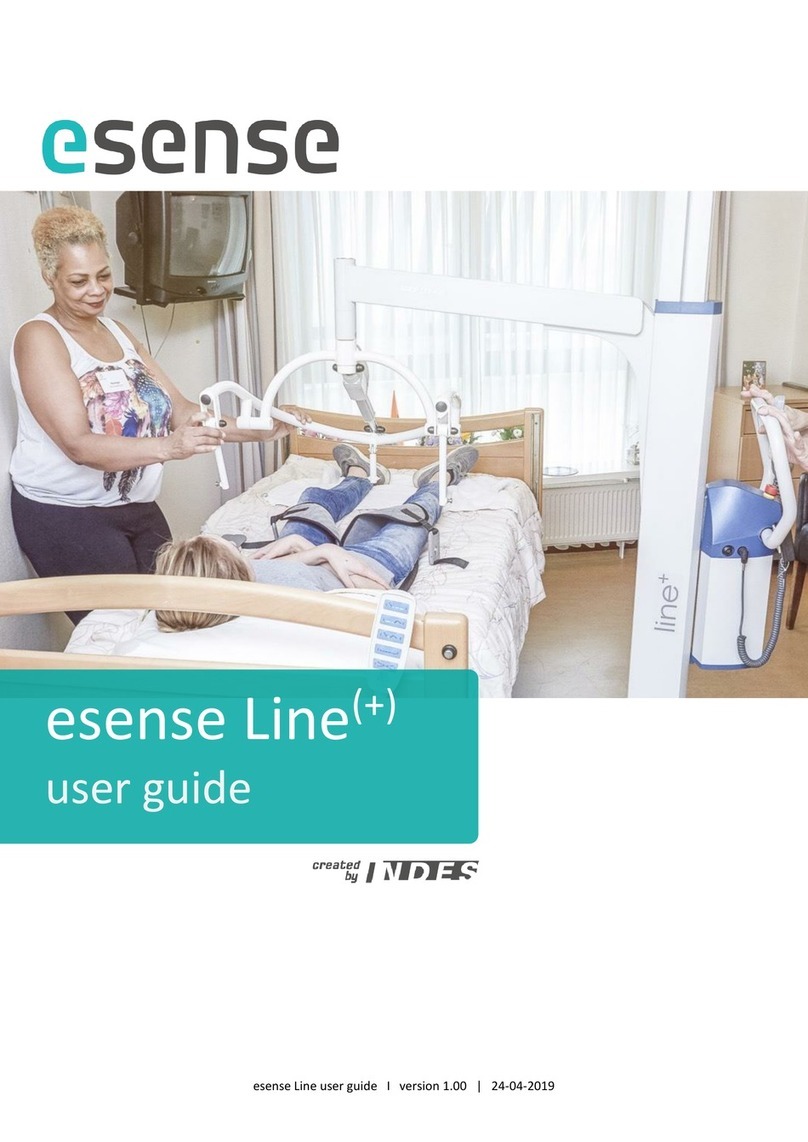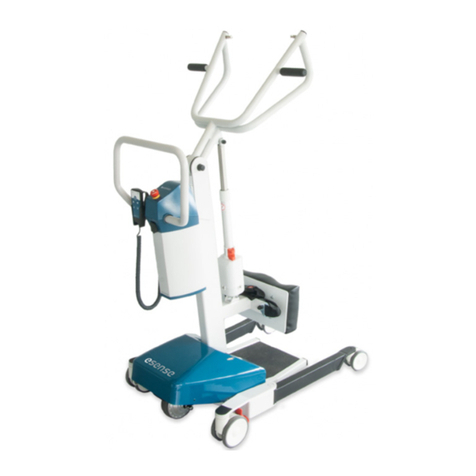2
Table of contents
1Introduction..........................................................................................................................................4
2About this guide ...................................................................................................................................5
2.1 Definitions...................................................................................................................................5
2.2 Specific sections ..........................................................................................................................5
3Important safety instructions...............................................................................................................6
4Certification ..........................................................................................................................................7
5Product description ..............................................................................................................................7
5.1 Product models...........................................................................................................................7
5.2 Main components .......................................................................................................................8
5.3 Component overview..................................................................................................................8
6User interface .....................................................................................................................................10
6.1 Hand control .............................................................................................................................10
6.2 Switching the patient lift on-off................................................................................................10
6.3 Auto-off.....................................................................................................................................10
6.4 Service indication......................................................................................................................11
6.5 Ergo feedback ...........................................................................................................................11
6.6 Emergency switch .....................................................................................................................12
6.7 Charging the battery .................................................................................................................12
6.7.1 Battery charger.....................................................................................................................12
6.7.2 Battery indication on hand control.......................................................................................13
6.8 (Dis)engaging the mechanical brakes .......................................................................................13
6.9 Driving / manoeuvring ..............................................................................................................14
6.10 Leg adjustment .........................................................................................................................15
6.11 Height adjustment ....................................................................................................................15
6.12 Emergency lowering .................................................................................................................15
6.13 Use of slings ..............................................................................................................................16
7Performing patient transfers..............................................................................................................17
8Service and maintenance ...................................................................................................................19
8.1 Product lifespan ........................................................................................................................19
8.2 Cleaning ....................................................................................................................................19
8.3 Use ............................................................................................................................................19
8.4 Periodic servicing and maintenance .........................................................................................19
9Quick debugging guide .......................................................................................................................21
9.1 The patient lift is not working...................................................................................................21
9.2 The lift does not drive smoothly ...............................................................................................21
9.3 The lift functionality is not working ..........................................................................................22
9.4 The leg adjustment is not working............................................................................................22
10 Technical specifications.................................................................................................................23
10.1 Patient lift .................................................................................................................................23
10.2 Battery ......................................................................................................................................24






































